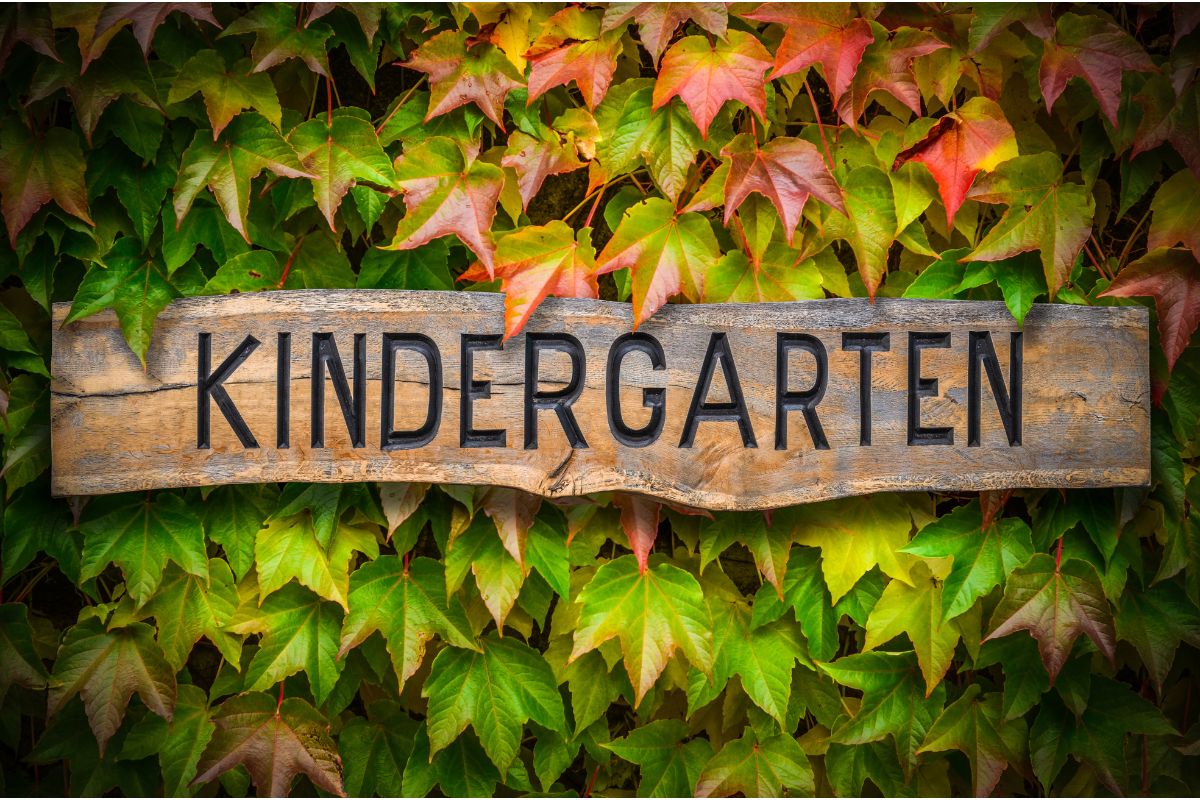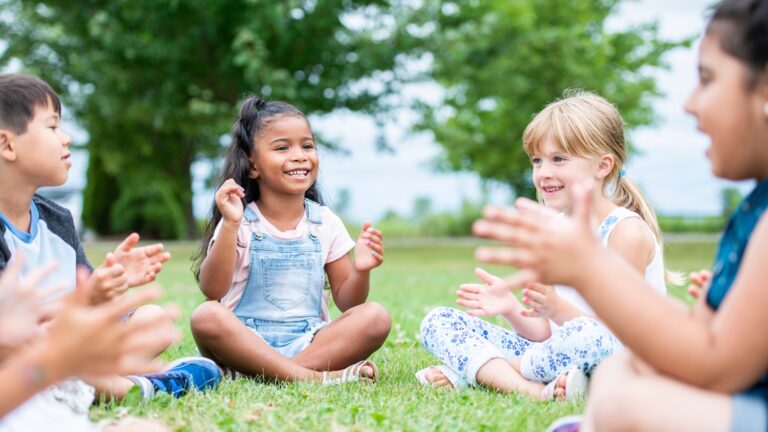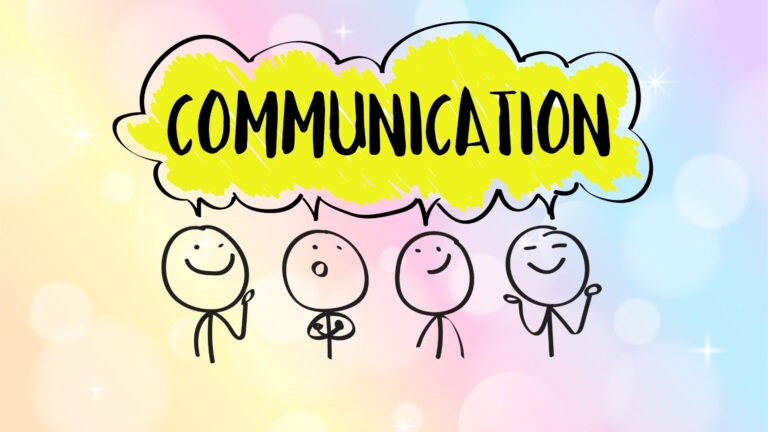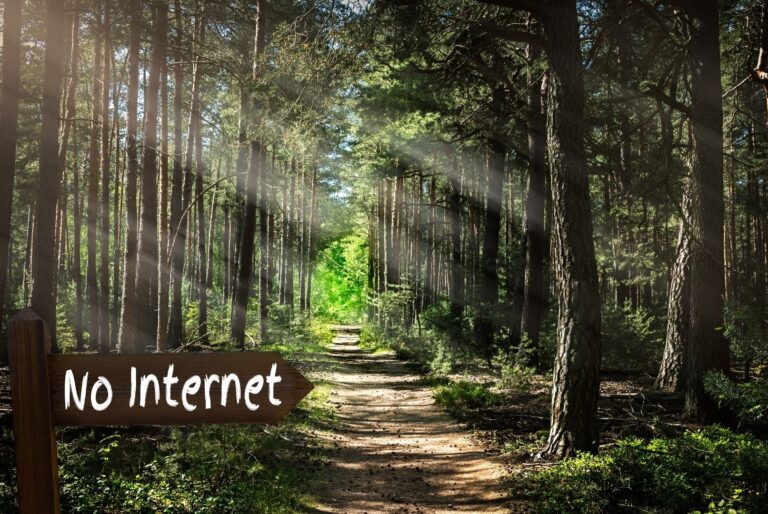Kindergartens without the walls – Forest Kindergartens
First worlds forest kindergartens were founded in Scandinavia in the early fifties. Today they are popular in Germany, Austria, Switzerland, USA and other countries. The number and popularity of forest kindergartens around the world is growing because of the positive benefits they have on children.
Research have shown that nature enhances children’s health and development, including:
- Enhancing brain development
- Improving academic performance
- Enhancing communication and language development
- Enhancing STEM learning and problem solving
- Promoting socio-emotional development
- Promoting team work
- Promoting emotional resilience, perseveres and self-regulation
- Promoting executive function
- Providing mental health benefits
- Reducing symptoms of ADHD
- Providing therapeutic benefits to children with autism
- Promoting physical activity and motor development
If you are wondering what is STEM learning, here is the explanation. STEAM is an interdisciplinary approach to learning where academic concepts are coupled with real-world lessons. Children apply science, technology, engineering, and mathematics in contexts that make connections between the classroom and the world around them.
The National Science Foundation maintains that students will need a strong foundation in STEM learning in order to be successful in the information-driven age.
Now, let’s see how a typical day in a Forest Kindergarten looks like.
Parents whose children attend Outdoor Kindergartens are very pleased because they see how happy and excited children come home.
Here is another example of a Forest Kindergarten in Denmark.
Children love outdoor play because of the adventure and exploration, and because they get full-on sensory experience:
- touching different textures — leaves, grass, dirt, rocks, bark;
- smelling a range of smells from the pungent odours of skunks to real, fresh air;
- seeing the lights and shadows and beauty of nature;
- hearing the different sounds…
By playing in a forest children also learn to respect the nature.
By now you have most likely wished to work in forest kindergarten. But as they say: “If there is the a will, there is the a way,” so it is.
Here is another great example of how a regular kindergarten has integrated elements of a forest kindergarten. They have invented Forest Friday and decided to spend every Friday in the forest. Isn’t that an awesome idea? Let’s learn from them.
Children need nature! So do we, kindergarten teachers, parents! Being in a forest restores our physical and emotional balance. We become calmer and loving. So let us do all a favour and spend more time in a nature.

Elevate your teaching skills and stay ahead of the curve! Receive our monthly Insights, packed with professional development opportunities, classroom inspiration, and the latest trends in education. Don’t miss out on the chance to take your teaching to the next level. Subscribe now!







